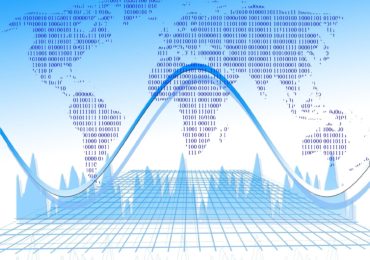What are methods of data collection?
Data are the special type of information generally obtained through observations, surveys, inquiries, or are generated as a result of human activity. Methods of data collection are essential for anyone who wish to collect data. Data collection is a fundamental aspect and as a result, there are different methods of collecting data which when used on one particular set will result in different kinds of data. Collection of data refers to a purpose gathering of information and relevant to the subject-matter of the study from the units under investigation. The method of collection of data mainly depends upon the nature, purpose and the scope of inquiry on one hand and availability of resources, and the time to the other. The statistical Data may be classified into primary and secondary depending upon the nature and mode of collection.
Data collection is a very important part of science. Meteorologists data related to weather over time to keep a record and makes forecasts on basis of it. Other example include Oceanographers collecting data on the salinity (saltiness) of seawater studying changes in trends of our Earth’s oceans. Although have been collected by hand for thousands of years, the technology to collect data electronically has been around for fewer than 80 years and made significant development in this time period. Only in the last 20 years this technology and advanced methods have been available to us.
Methods of data collection for primary and secondary Data:
Different organizations have different reasons to collect, analyse and interpret the data for various decision making processes. Statistics is the science which covers various methods to assimilate, crunch and interpret the data. The methods used may differ with changing contexts. To get inference from certain data surveying methods are used. With the advancement of technology statistical analysis has reached great heights, as various advance software are available for doing complex statistical analysis and research. One of the most famous software used for the same purpose is Statistical Package for Social Sciences or in short SPSS. As the name suggests it was primarily developed for social sciences studies but now it has found its use in variety of applications. It is extensively used by corporates, government bodies, health care research firms and academia for their data analysis needs. It is user friendly as it uses spreadsheet as user interface. The variables are mentioned in the columns and cases of these variables in rows. The analysis is done on the cases. Data so obtained can be analyzed by this package by means of descriptive and bivariate statistical methods. Examples for the former are the averages and frequencies and for the latter are the ANOVA and the T-test. In addition the SPSS uses factor analysis, regression and graphs for the analysis of data. The analysis in SPSS is dene separately with the help of commands and not like the common spreadsheets which does analysis in itself. The output appears in separate window and is very comprehensive. The software gives additional outputs to enhance the probable output.
Primary Data: Primary data are original observations collected by the researcher or his agent for the first time for any investigation and used by them in the statistical analysis
Secondary Data: Secondary data are collected by others and used by others.
The data which are primary at one time may be secondary at another. The difference between the primary and secondary data is only of the degree of detachment with the original source. Primary data are collected afresh and for first time while secondary data are already collected. Once the primary data have been used it loses its original character and becomes secondary. Such secondary data are mostly published in newspapers, periodicals and journals.

Methods of data collection of Primary data:
Direct personal investigation: This is a method in which the investigation is done personally for the required data .
Interview/questionnaires: under this method the investigator collects the data from the respondents putting questions to them regarding required data
Discussion with community leaders: Some data which are required cannot be collected through personal investigation or through interview so community leaders are approached to fetch information for the required data.
Choice between primary and secondary data:
The choice between primary and secondary data mainly depends upon the nature, objectives and scope of inquiry, availability of time and money, degree of accuracy desired and the status of the investigator. The primary data is more reliable on the face but the secondary data are relied only by examining the source from which they have been obtained their true significance, completeness and method of collection. Sometimes in certain investigation both primary and secondary data are used as supplements to one another. It may be pointed out that today on a large number of statistical inquiries secondary data are generally used because fairly reliable published data on a large number of diverse fields now available. In fact primary data are collected only if there do not exist any secondary data suited to the investigation under study.
Read about: Data Mining, Types of data processing